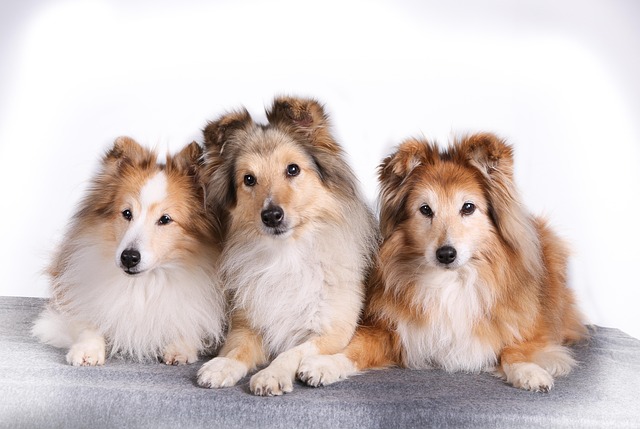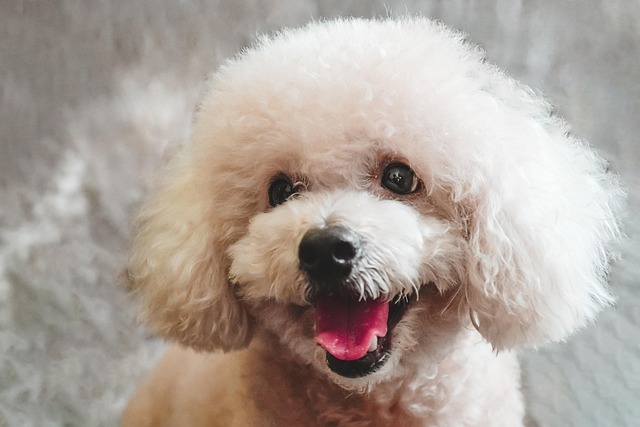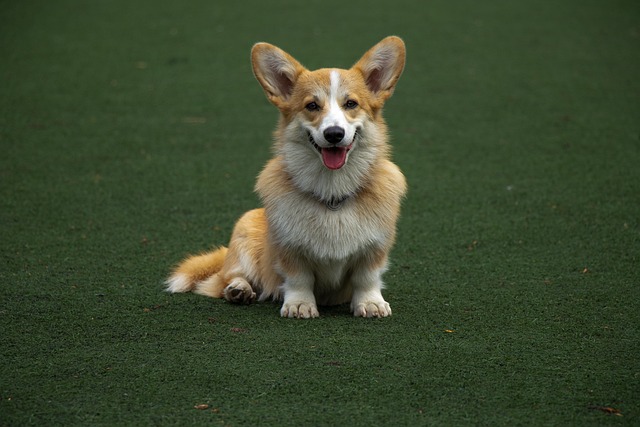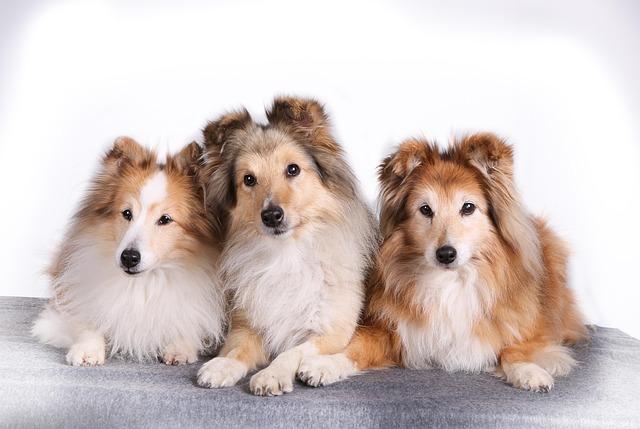
How long does it take for my dog to get used to a new dog
When you bring home that rescue beagle to join your golden retriever in your Seattle apartment, don't expect instant best friends
Poodles love mental stimulation, so teaching them shake hands and stand up isn’t just a trick—it’s a way to bond. Start with shake hands when your pup’s calm, like after a walk in the neighborhood park. Hold a small treat in your closed hand, let them sniff it, then gently lift their paw. Say “shake” as you do it, and reward immediately with the treat and excited praise. Most Poodles catch on fast if you keep sessions short—5 to 10 minutes max, a few times a day.
For stand up, start with your Poodle sitting in front of you. Hold a treat just above their nose, then slowly lift it upward and a little forward. As they stretch to reach it, their body will naturally stand up. The second their paws are all on the ground and they’re standing tall, say “stand” and give them the treat. If they jump instead, lower the treat a bit next time—Poodles are smart, but they need clear cues to understand what you want.
 Always remember to keep training positive. Never scold your Poodle if they mess up; just redirect and try again. Poodles are sensitive dogs, and negative feedback can make them shy away from training. Also, check your local area’s pet laws—some places require dogs to respond to basic commands in public, so teaching “shake” and “stand” can even help with compliance when you’re out at dog parks or sidewalk cafes.
Always remember to keep training positive. Never scold your Poodle if they mess up; just redirect and try again. Poodles are sensitive dogs, and negative feedback can make them shy away from training. Also, check your local area’s pet laws—some places require dogs to respond to basic commands in public, so teaching “shake” and “stand” can even help with compliance when you’re out at dog parks or sidewalk cafes.
Timing is key with both tricks. The reward needs to come right when they do the action, not a second later. If you wait too long, they won’t connect the treat to shaking hands or standing up. You can also use a clicker if you prefer—click the moment their paw touches your hand for “shake,” or when they’re fully standing, then follow with a treat. It’s a great way to make the association extra clear.
Once your Poodle masters the basics, you can add fun twists. For shake hands, try asking for “left paw” or “right paw” once they know the general idea. For stand up, have them hold the position for a few seconds before getting the treat. These little challenges keep their brains active, which is important for this high-energy breed. Just make sure you’re still following local rules—if your area has leash laws, always keep them leashed during training sessions in public spaces.
Training your Poodle to shake hands and stand up should be a fun activity for both of you, not a chore. Celebrate small wins, and adjust your pace to match their learning style. Before you know it, they’ll be showing off their new tricks to friends and neighbors—and you’ll have a stronger, happier bond with your furry companion. Plus, knowing they can respond to these commands helps keep them safe and compliant wherever you go, making outings more enjoyable for everyone.

When you bring home that rescue beagle to join your golden retriever in your Seattle apartment, don't expect instant best friends

New Yorkshire Terrier puppy owners often find themselves scrambling to clean up accidents around the house, wondering why their tiny, fluffy pup can’t seem to hold it.

You’ve brought home your fluffy golden retriever puppy, and the first question hitting you is probably how long this potty training journey will take.

Watching an older dog strain against the leash, pulling you down the sidewalk, can turn a pleasant walk into a stressful tug-of-war.

Watching your older dog blissfully ignore you when you call them at the park is a frustrating experience that many owners of senior dogs face.

If you’ve got a playful Labrador retriever puppy bouncing around your home, you might have noticed their natural urge to fetch, sniff out toys, or even “hunt” crumpled paper on the floor.